July/August 2023
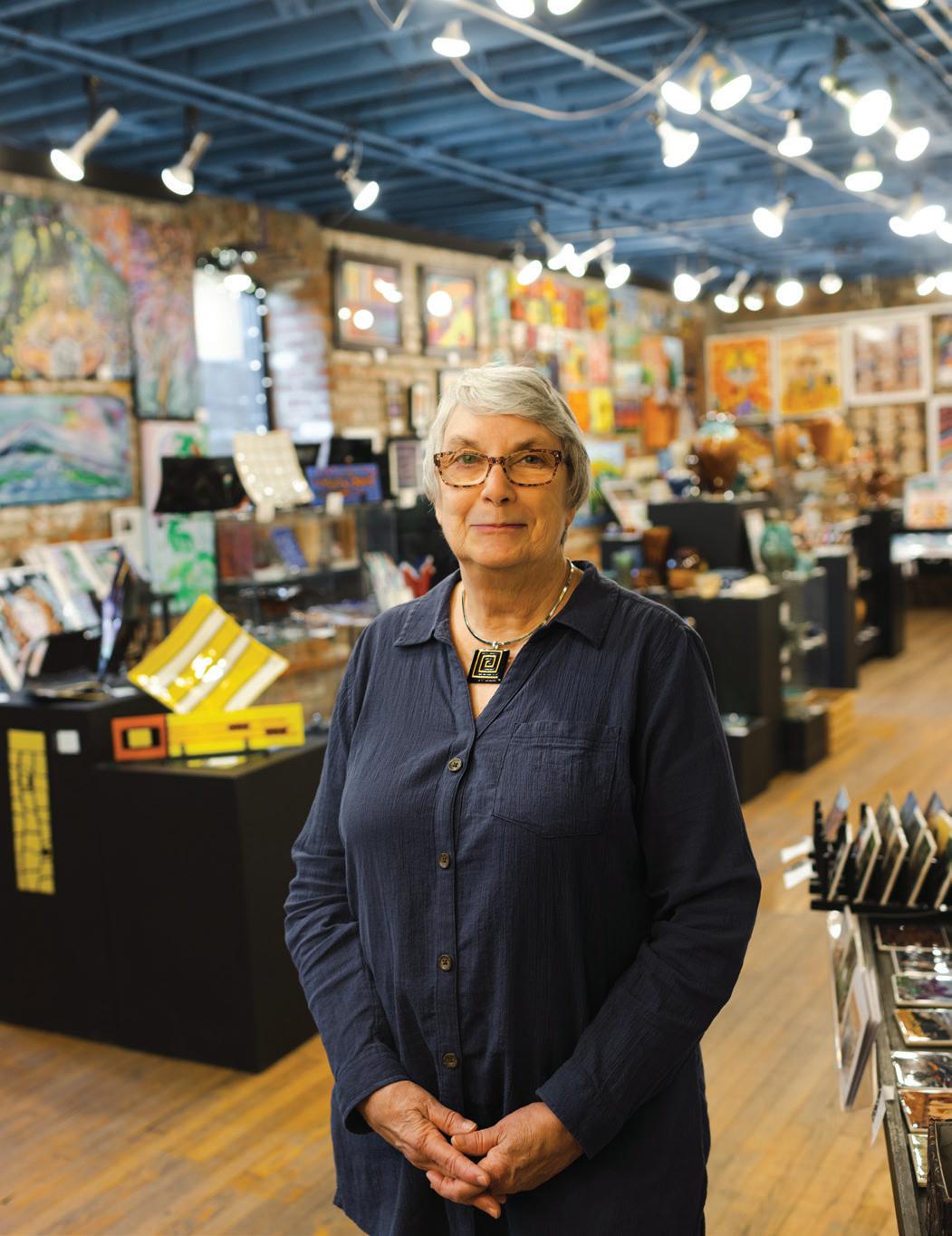











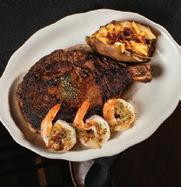

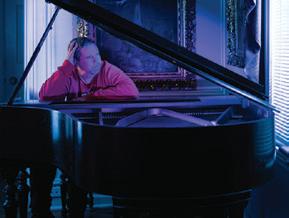





2023 Winner Funeral Home ROEDERMORTUARY.COM 108 TH ST. CHAPEL | 402.496.9000 2727 N. 108TH ST., OMAHA, NE 68164 GRETNA CHAPEL | 402.332.0090 11710 STANDING STONE DR., GRETNA, NE 68028 AMES AVE. CHAPEL | 402.453.5600 4932 AMES AVE., OMAHA, NE 68104 Family & Veteran Owned & Operated Providing several service options to fit within CDC guidelines 2023 First Place Memory Care Facility Inquiries: 402.249.6050 / Main: 402.498.9554 parsonshouseSENIORLIVING.com 14325 Eagle Run Dr., Omaha, NE 68164 THANK YOU OMAHA FOR VOTING US BEST Memory Care AND BEST Assisted Living Facility 2023 Winner Assisted Living Facility Our resort-style senior living community is designed to help you live in harmony. Enjoy luxurious amenities like an indoor pool, pickleball, fine dining, upscale furnishings and more. Independent Living | Assisted Living | Memory Care Opening 2023. TUNE IN TO LUXURY. SymphonyPointe.com | 402-502-8577 445 S 193rd Plaza, Elkhorn, NE 68022 OmahaHome INCLUDED WITH EVERY Omaha Magazine SUBSCRIPTION! OmahaMagazine.com/Pages/Subscribe STYLE THAN BEAUTIFUL The Bakers Buy into Bohemia JULY/AUGUST 2023 60 PLUS // 73 //
They arrived 22 years ago. One by one, 107 fiberglass sculptures appeared throughout Omaha. The anonymous and androgynous figures, or rather the project writ large, went by “J. Doe” and served as the metro’s first wide-scale public art project. Whether it was a “Jane” or a “John,” people couldn’t escape talking about the figures or, indeed, encountering them throughout the city. From Creighton University’s campus to Saint Cecelia Catholic Cathedral, Eppley Airfield to Fontenelle Forest even a No Frills Supermarket the temporary artworks dominated just about every public space, and the public discourse, throughout the sum mer of 2001.
J. Doe was
the brainchild
of
Eddith Buis.
Inspired by similar fiberglass community projects in cities like Chicago, Kansas City, and New York, the longtime arts advocate and educator came up with a novel approach in Omaha. Most urban areas had typically used animals for similar projects. (Zurich, Switzerland, started the urban craze with its “Cow Parade” in 1998). Buis, however, saw people as the main draw, and Omaha became the only city to use the human figure as the canvas for artists to interpret.
“We wanted to do humans, because Omaha is famous for its people,” she explained. “We don’t have scenery, but we do really have the friendliest people.”
Buis met with a committee of fellow arts advocates at the Hot Shops Art Center to get the project started and enjoyed a supportive, enthusiastic response from the community.
“It was pretty ambitious, but people jumped all over it,” she remembered. “We talked to everyone who made art in Omaha and got donations; we got so muc h support.”

Businesses like Lozier Corporation, Omaha Steaks, and Union Pacific Railroad played a major role in producing the J. Does, which towered over 6 feet and cost $2,500. As did local nonprofits such as the Rose Blumkin Foundation, the Omaha Community Playhouse, and the Omaha Children’s Museum. Individuals, too, opened their checkbooks to become patrons of Omaha’s urban art.
Ninety-five artists participated in the project, with some creating more than one sculpture. The roster read like a short list of Omaha creatives, including: Catherine Ferguson, Mary Zicafoose, John Thein, and Les Bruning, all of which were well-established, or well on their way. Ferguson landed the plumb role of designing sets and costumes for Opera Omaha. Zicafoose became a leading global textile artist. Printmaker and painter Thein, who died last May, was a beloved professor at Creighton University. Sculptor Les Bruning’s sculptures appear throughout the metro. Many more artists remained fixtures of Omaha’s local visual arts scene, while others have enjoyed success elsewhere.
Each artist brought their own inimitable imprimatur to their sculpture. For example, Trudy Swanson’s “Heart & Soul,” sponsored by One Pacific Place Shopping Center, depicted a bifurcated figure with a flare of
twisting, twirling metal springing forth emblematic of the positive energy people experience from their “hearts” and “souls,” and symbolic of an individual “burstin g with joy.”
“This was my first public sculpture, and it was a big, exciting project to do,” Swanson recalled. “I was so excited it went somewhere where it was really seen a nd visible.”
Public response to the army of J. Does was overwhelmingl y positive.
“The sculptures were pretty impressive. It was fun, people loved it, and it was pretty popular,” Buis remembered. “It was a happy project, and I think it put us on the map.”
The figures remained in place into September of that year before being auctioned off, with
ANDROGENOUS, UNIQUE ANONYMOUS,
REVISITING THE J. DOE PROJECT
a portion of the proceeds benefitting the City of Omaha Public Arts Commission. Many corporate donors purchased the pieces they sponsored for display at their headquarters, while some private individuals bid on sculptures for their homes. (Buis recalled one sponsor who prominently positioned a J. Doe in her living room after winning it at auction.)
The project’s legacy served as a point of inspiration for more art in public spaces. One year after Buis’s project, the copycat J. Doe II appeared in Omaha with just over 50 sculptures scattered across Omaha. In 2003, Tour de Lincoln arrived in the capital with 150 miniature bicycles that marked the city’s first pubic art project. Artist Liz Shea-McCoy, who spearheaded Tour de Lincoln, said in the project pamphlet: “What I loved most about experiencing the J. Doe Project, and others since that time, was that one really feels the desire to explore that city, searching for the next sculpture and the next!”
Several more fiberglass “nexts” were yet to come. The Bemis Center for Contemporary Art oversaw a similar initiative by Alegent Health in 2007 with the O! Public Art Project, which commissioned 22 “O” shapes throughout the city. In 2016 the Nebraska by Heart project saw more than 80 heart-shaped sculptures installed throughout Lincoln to celebrate the state’s sesquicentennial. That same year, eight Horses of Honor commissioned to memorialize police officers who died in the line of duty made their debut in key Omaha pu blic spaces. Today, Swanson’s “Heart & Soul” is the sole J. Doe still on public display at its original site near Trader Joe’s at 103rd and Pacific streets. It’s become so much a part of Omaha’s cityscape that the artist was delighted to discover it had become a location in the popular Pokémon GO mobile app game.
“My daughters were playing that game, and one of the PokéStops was my sculpture,” she shared. “They sent me the pic, and I used it to make my business cards. J. Doe str ikes again!”
Augmented reality games aside, Swanson is pleased that her contribution continues to resonate with the public.
“I still run into people these many years later, and they tell me what the piece means to them,” she said. “It’s an old friend, an old piece of myself that’s still out there bringing joy. It’s a wonderful, wonderf ul thing.”
For more information about Omaha’s public art projects, visit publicar tomaha.org.
// 74 // 60 PLUS JULY/AUGUST 2023
STORY BY KIM CARPENTER PHOTOGRAPHY BY BILL SITZMANN DESIGN BY RENEE LUDWICK
60+ NOSTALGIA


60+ PROFILE
STORY BY MIKE WHYE
PHOTOGRAPHY BY BILL SITZMANN
DESIGN BY RENEE LUDWICK
maha artist Peg Watkins considered a piece of pottery she had created in 1978. The jar, done in earth tones and slightly tapered at the top, is embellished with three-dimensional cross-hatchings done in a rough style.
It’s easy to connect that jar to a cold wax oil painting that Watkins completed only two years ago its gritty surface also cut with crisscrossing, texture d lines.

One might think that Watkin’s work hasn’t changed much between the two pieces, but it has. The connections between that vase and the painting show that she loves the textures that she used as a potter and now integrates them into paintings primarily composed of oil paints and waxy substances.
“When I paint, I think I’m still a potter, because I’m concerned about the colors and textures,” said Watkin s, age 75.
Watkins, an early member of the Old Market Artists Gallery located in the shopping hub’s iconic Old Market Passageway, occasionally swaps pieces of her featured art there with others from her home. Among her recent works in the Passageway was a shallow square glass bowl with a blue center circled by iridescent colors that change when handled. A glass tray with a shallow curve shines brilliant with broad white and yellow panels separated by thin black stripes. Orange and yellow orbs dance across an oblong green glass tray. Two square, muted yellow-and-rust-colored abstract paintings are speckled with small dark r ectangles
Born and raised in Omaha, Watkins graduated from Duchesne Academy of the Sacred Heart and attended college there until its closure two years later. Afterwards, she married, had a son and a daughter, divorced, and returned to college in her 30s, this time at the University of Nebraska at Omaha. There, she earned a bachelor’s degree in education and a Bachelor of Fine Arts degree, doing her thesis in ceramics.
Afterward, she became a supervisor with Omaha’s Parks, Recreation and Public Property Department, helping to direct the recreation centers, pools, playgrounds, and other public works.
“I ran five or six community centers and the day camp at Hummel Park We also had a Sundog playground program. It was a good job, a fun job,” Watkins recalled.
During her tenure with the city, she also earned a masters degree in mana gement.
Molding Omaha’s
Art Community
Old Market Virtuoso Peg Watkins Continues to Evolve and Inspire
Besides teaching art in the various recreation centers, Watkins utilized the space and supplies to create works of her own there as well. About three years before retiring in 2007, she gave up pottery because of its “dust and mess” and turned to making fu sed glass.
“When you put the pieces together, they flow into each other,” she said. “That’s great.”
Often, Watkins wore and still wears some of her glass fusion jewelry on necklaces.
“My theory is if I don’t wear them, no one else will,” Watkins said. “I sold a lot of them in the elevator at city hall. I always kept one in my briefcase so I could replace it if I sold one.”
can’t be sculpted with palette knives and non-traditional fine arts items, like paint rollers, scrapers, and squeegees. Watkins also uses sand, ash, and other materials (such as tissues and coffee filters) to layer her paintings with the textures she loved as a potter.
“I am an intuitive painter. I make a mark, paint a shape, add a texture, then see how that leads me into the next step,” Watkins explained. “I never start with a specific end in mind. I let the paint and the art elements draw me into the work until I feel it is complete.”
Though she no longer teaches, Watkins continues to inspire those around her. Lynda Tygart, who creates bromoil prints, showed some of her works to Watkins one day a few years back impressing Watkins so much, that she immediately whisked her to meet the owner of Dundee Gallery to market her works there.
“Peg has an overall creativity and shares that with others,” Tygart noted. “She’s enc ouraging.”
Being a long-time fixture of Omaha’s art community has allowed Watkins to observe it s evolution.
After about 30 years, Watkins left her post with the city and joined the gallery in the Old Market, originally founded by potters Tom Harnack and Rob Johnson and painter Za ch Jones.
Upon retiring, Watkins took to creating paintings when she moved into a new house and couldn’t abide the sight of its bare walls. At first, she used acrylics before shifting to oils. However, put off by how long the paints take to dry, she began using a cold wax process with oil paint after learning about it at the Hot Shops Art Center. She studied it more, for about three years, with Diane Lounsberry-Williams, an Omaha artist known for her cold wax paintings.
This technique allows an artist to mix oil paints with waxy substances to shorten their drying time, but not to the point that they
“The Omaha art scene has changed notably over the past several years,” she said. “Through the J. Does and art benches set up around the city, Omaha has been been wonderfully spotted with institution art. Kaneko has encouraged art around the city, and the Joslyn expansion is a wonderful gift to the city.
“More attention is is given to local artists now. Sometime ago, if art was not from California or a place like that, there was no chance to sell it here. It’s not tha t way now.”
About her own experiences in Omaha’s art scene, Watkins concluded, “I’ve built a nice life for myself. Every day’s a gift.”
For more information, visit oldmarketartistsgallery.com.
JULY/AUGUST 2023 60 PLUS // 77 //
“I am an intuitive painter. I make a mark, paint a shape, add a texture, then see how that leads me into the next step. I never start with a specific end in mind. I let the paint and the art elements draw me into the work until I feel it is complete.”
-Peg Watkins
O
Timeless Omaha’s Duo

Bozak & Morrissey Stay Golden After 47 Years of Rock ’n’ Roll
 Lou Bozak (Left) and Dan Morri ssey (Right)
Lou Bozak (Left) and Dan Morri ssey (Right)
Lots of duos have come and gone: Lennon and McCartney…Sonny and Cher…Kobe and Shaq…Simon and Garfunkel. As partners, they didn’t last. Nor did, say, Bonnie and Clyde…Mantle and Maris…Thelma and Louise.
But one pair who matched up in 1976 endures like milk and cookies, mashed potatoes and gravy, or peanut butter and jelly. Or like two other pals whose partnership dates to the mid-’70s, Sesame Street’s Ber t and Ernie.
Meanwhile on Dodge Street, it’s the singing, guitar-playing music-and-comedy team of Bozak & Morrissey.
“We’ve got a good thing here,” said Lou Bozak. “And we love Omaha.”
“We’re like brothers,” added Dan Morrissey. “We have our moments, but we’re as tight as can be. Lou is the godfather to my son.”
They perform danceable “oldies rock and roll” with their Bozak & Morrissey Band in recent years, monthly at the Firewater Grille near 72nd and Grover streets on “Nostalgic Wednesdays.” That’s just the latest in their long list of venues, including more than a decade at the Ozone Lounge until its closur e last year.
“A couple of years ago, a couple came out to the Ozone on their 35th wedding anniversary,” Bozak recalled. “Their first date was a Bozak & Morrissey gig. Those are the kinds of relationships we have and the gratification we receive.”
For Bozak and Morrissey, it all started in their 20s when they auditioned for Galileo at the Omaha Community Playhouse. They hadn’t met, and both sought the role of “the monk,” whose job was to confront astronomer Galileo Galilei about his controversial views on the cosmos.
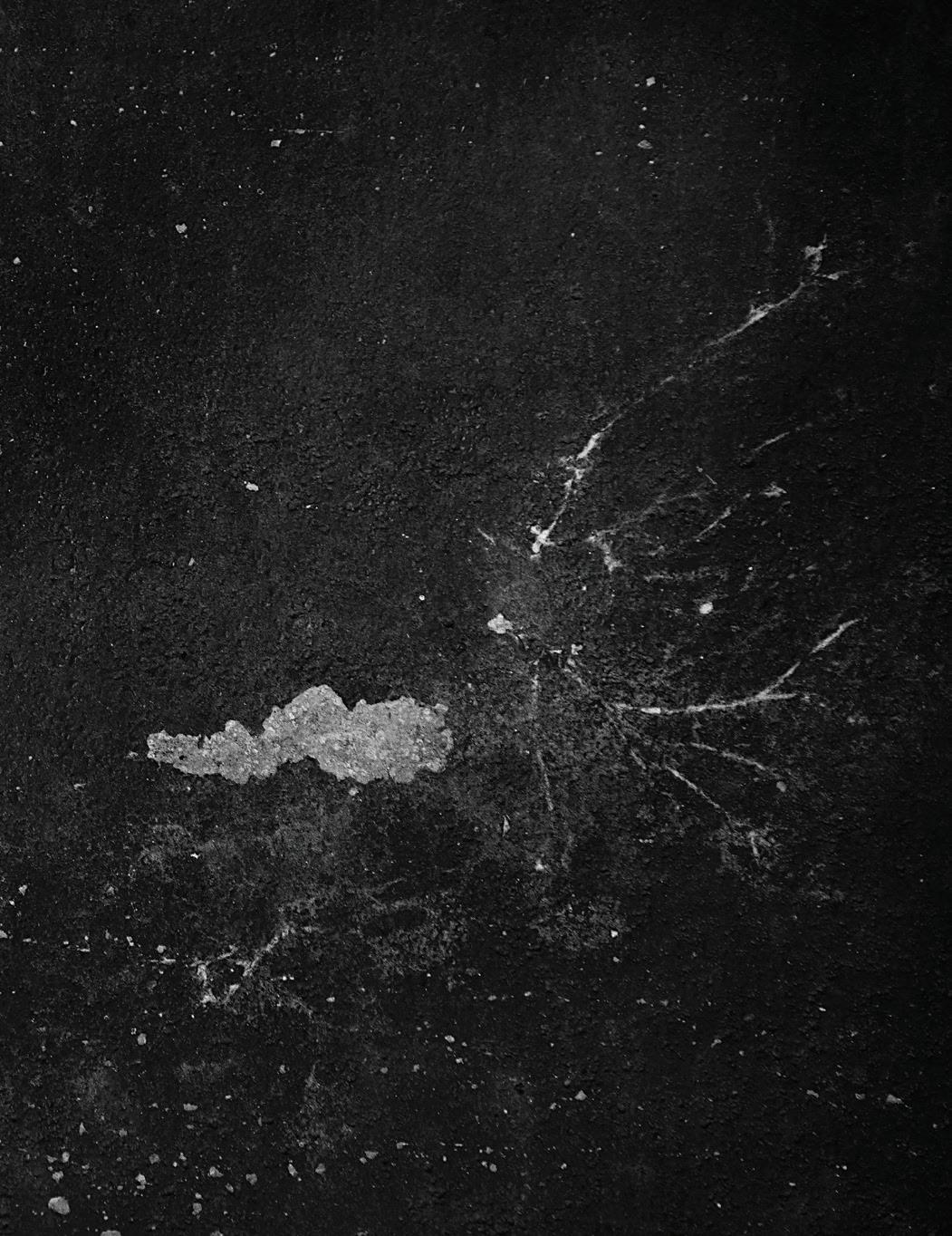
“I read for the part and got a callback,” Morrissey said. “Then this guy walks in and everybody starts fawning all over him: ‘Oooh, Louie!’ He got the part and I got four small roles, so of course I instantl y hated him.
“We were put in the same dressing room, and I brought my guitar in for a minstrel role. Lou says, ‘So you play the guitar?’ I say, ‘No, I just carry one around.’ But we liked the same kind of music, and the approach to acting, and beca me friends.”
The director, Charles Jones, asked if they would warm up the cast in the Green Room, and on opening night they played 1950s doo-wop. The pair came up with something new each night, and at the end of the play’s run had polished a repertoire of 25 songs. Thus, Bozak & Morriss ey was born.
They soon played at the Wine Cellar under the Firehouse Dinner Theatre (now the Upstream restaurant) in the Old Market. Their pay was whatever Lou’s sister collected at the door. They paid her $10, and on some nights, Morrissey confessed, “Mary Lou made more t han we did.”
But they caught on and drew a following. The Wine Cellar ran ads in the Omaha World-Herald about their “songs of the ’50s and ’60s.” Some ads called them “zany.” With a humorous nod to his ancestry, Bozak sang a “Croatian Cowboy” parody of Glen Campbell’s “Rhinestone Cowboy.”
They took a break in the late ’70s when Morrissey went to graduate school in California, but reunited and performed in a comedy shop at Oliver’s Back Alley, north of 93rd and Maple streets. In 1980 they formed their band with the Van Fleet brothers, Larry and Gary, appearing at the old Peony Park, Arthur’s Lounge, the Ranch Bowl, and elsewhere. They also entertained at priv ate parties.
Morrissey and wife Kathryn met while working at Mutual of Omaha, and the band went on hiatus. But after 18 months, the musicians re-formed in 1986 for the “Nerd Prom,” adding lead guitarist Greg Fox. The ‘B&M Band’ has played ever since.
“Lou and Dan are both personable and have good chemistry,” said Fox, a founder of the popular Chevrons band in the ’60s. “They’re really good musicians, but sometimes it’s also like a standup routine and the other four guys in the band are afraid of what they’ll say next! But they have that theatrical stage sense about them and it works.”
Before they became Bozak & Morrissey, Bozak and Morrissey each performed in plays and bands as teenagers; Lou graduated
from Ralston High and Dan from Creighton Prep. In 1973, as a Creighton University student, Dan was pictured on the cover of The World-Herald’s Sunday magazine as Superman emerging from a phone booth.
The accompanying article mentioned both of them Lou was at the University of Nebraska at Omaha as part of a combined-schools “World of Jules Feiffer” revue. Three years later, they met at the Playhouse and the rest, as they say, is hysterical. Each has lived a busy life, though, besides playing music. Bozak is a carpenter by trade, as was his father, and today works in business development and marketing for Paul Davis Restoration. He also performs separately with “Lou Bozak and Friends.” In the 1990s he played a lead role in Little Shop of Horrors , and a few years ago hit the floor for a local Dancing with the Stars fundraiser. Morrissey owned an events and meetings company and served as president of the Omaha Sports Commission when it helped acquire the Olympic Swim Trials for the city. He also worked in marketing for College World Series, Inc. Earlier yet, he played rugby and ice hockey.
“Playing in a band is as close to a team sport as I’m going to get now,” he said. “Everybody has a role to play and knows his job. Egos get checked a t the door.”
Besides Fox, other bandmates include: Jay Buda on keyboards, Lloyd Brinkman on drums, and Fred Genovesi on bass. All sing, and harmonies are part of their show. For all, performing is more than a hobby. Bozak said, “It’s just what we do.”
Through the years they have played at such venues as the Interlude Lounge, the Whiskey Roadhouse, the Mutual of Omaha Dome, Le Grille, Barry O’s, Pauli’s, the Happy Hollow Club, Fontenelle Forest (indoors), Village Pointe (outdoors) and even for the Aksarben Coronation. The year that UNO Chancellor Del Weber reigned as king, they feted him with “King of the Road.”
Dan and Lou often appeared at Arthur’s Lounge, 83rd and Dodge streets, and the Ranch Bowl, south of 72nd and Pacific (now the site of a Wal-Mart).
STORY
60+ ACTIVE LIVING //
BY MICHAEL KELLY // PHOTOGRAPHY BY BILL SITZMANN // DESIGN BY RENEE LUDWICK //
“We’re like brothers. We have our moments, but we’re as tight as can be. Lou is the godfather to my son.” -D an Morrissey
“It was so fun to go to Arthur’s,” Kathi Jensen reflected. “I’ve been following Bozak and Morrissey forever. They not only sing well and are so entertaining, but they are quick and funny.”
Arthur’s and the old Ranch Bowl stand out in B&M history.
“One of the things Lou and I are most proud of, is that we turned Arthur’s and the Ranch Bowl into the two premier live music venues in Omaha in the ’80s and ’90s,” Morrissey said. “We were essentially the ‘house band’ for both of those venues, which never had bands before, and built up a huge following opening the doors for some other great bands to play there.”
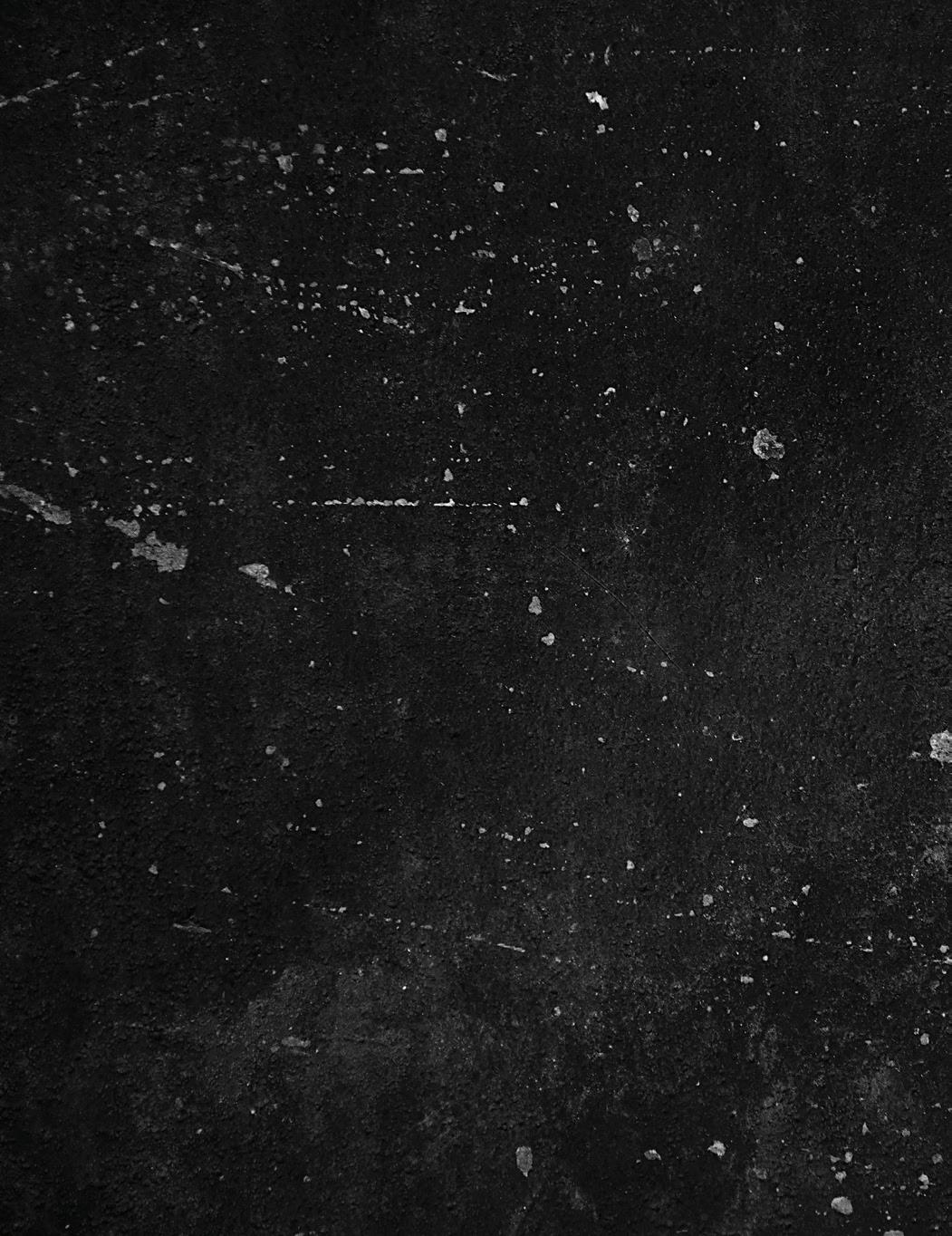
The nutty buddies enjoy ragging on each other onstage.
“I’ll make fun of Lou’s foibles or his appearance,” Morrissey said. “And he’ll tease me about my baldness. It’s all in fun.”
Cheryl Wild Goodrich, who has danced to B&M at the Ozone and now at the Firewater Grille, said fans appreciate hearing the music of t heir youth.
“But what I love as much as their music is their humor and how crazy they are,” she said. “They can get offstage and engage the audience especially Lou. It just gets to be a big party.”
“Lou is a big personality, as vibrant as can be,” Morrissey echoed. “In his head he’s still in his 20s, which comes across on the stage. He has an innate ability to connect with the audience.”
Having paired up in the ’70s, Bozak and Morrissey are now in their 70s. Both enjoy longevity in their genes. Lou’s parents lived to 92 and 96, and Dan’s mother to 103.
In 2020, Bozak & Morrissey were inducted into the Nebraska Music Hall of Fame. So how long will they conti nue to play?

“As long as the audience still likes us and we have a place to play and can have fun with it,” Morrissey said. “When it stops being fun, it will be time to cal l it quits.”
For now, it’s still great fun.
Visit the Bozak & Morrissey Facebook page and YouTube channel for more i nformation.
// 80 // 60 PLUS JULY/AUGUST 2023
“I’ll make fun of Lou’s foibles or his appearance, and he’ll tease me about my baldness. It’s all in fun.” -D an Morrissey
60+ ACTIVE LIVING
(L to R) Nebraska Music Hall of Fame Inductees Greg Fox, Jay Buda, Fred Genovesi, Dan Morrissey, Lou Bozak, and Lloyd Brinkman comprise Bozak & Morrissey’s fu ll ensemble.


























 Lou Bozak (Left) and Dan Morri ssey (Right)
Lou Bozak (Left) and Dan Morri ssey (Right)



